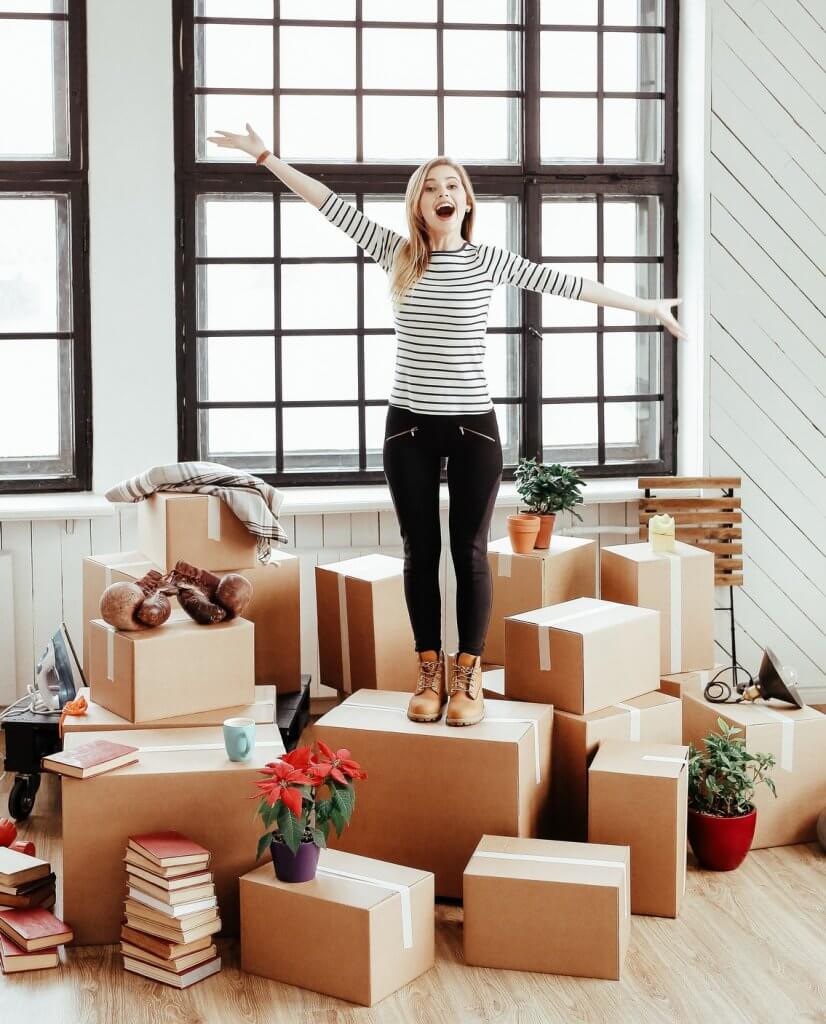Decluttering 101: Tips for Simplifying Your Life with Self-Storage
Published on 5/20/2024

Life can get chaotic, and sometimes our living spaces reflect that chaos. Piles of paperwork, overflowing closets, and cluttered rooms can contribute to stress and anxiety. Decluttering is not just about tidying up; it’s about creating a peaceful, organized environment that enhances your quality of life. One effective tool to help with this process is self-storage. Here’s how you can use self-storage to simplify your life and make your home a sanctuary of calm.
Getting Started with Decluttering
Decluttering can seem overwhelming, but breaking it down into manageable steps makes it achievable. Here’s how to start:
1. Plan Your Decluttering Project
- Set Goals: Decide which areas of your home need the most attention. Whether it’s your bedroom, kitchen, or garage, having a clear focus helps.
- Create a Timeline: Set realistic deadlines for each area. This prevents the task from becoming too daunting.
- Gather Supplies: Stock up on boxes, trash bags, labels, and cleaning supplies.
2. Sort and Categorize
- Three-Box Method: Label three boxes as "Keep," "Donate/Sell," and "Trash." As you go through your items, place each one in the appropriate box.
- Evaluate Need vs. Want: Ask yourself if each item is essential or brings joy. If not, it might be time to let it go.
3. Tackle One Area at a Time
- Start Small: Begin with a small, manageable area like a drawer or a shelf. Seeing quick progress will motivate you to keep going.
- Room by Room: Focus on one room at a time to avoid feeling overwhelmed.
Incorporating Self-Storage into Your Decluttering Process
Self-storage can be a game-changer in your decluttering journey. Here’s how to make the most of it:
1. Identify What Needs to Go into Storage
- Seasonal Items: Store items you don’t use year-round, like holiday decorations, seasonal clothing, and sporting equipment.
- Sentimental Items: Keep precious keepsakes safe without cluttering your living space.
- Bulkier Items: Furniture and large items that you want to keep but don’t have room for can go into storage.
2. Choose the Right Storage Unit
- Size Matters: Select a storage unit size that fits your needs. It’s better to have a bit more space than you think you’ll need.
- Climate Control: For items sensitive to temperature and humidity, such as electronics, documents, and artwork, consider a climate-controlled unit.
- Security: Ensure the facility has good security measures, including surveillance cameras, secure locks, and on-site management.
3. Pack and Organize Your Storage Unit
- Use Quality Packing Materials: Sturdy boxes, bubble wrap, and packing tape will protect your items.
- Label Everything: Clearly label each box with its contents and the room it came from. This makes retrieval easier.
- Create an Inventory: Keep a detailed list of what you’ve stored and where it is located in the unit.
4. Maintain Your Decluttered Space
- Regular Check-Ins: Periodically assess your living space and your storage unit to ensure you’re not accumulating unnecessary items again.
- One In, One Out Rule: For every new item you bring into your home, consider removing one. This helps maintain balance and prevents clutter from building up again.
